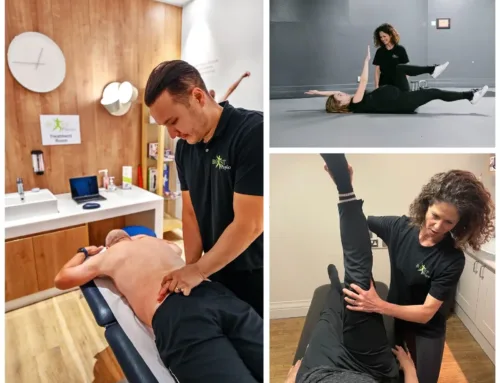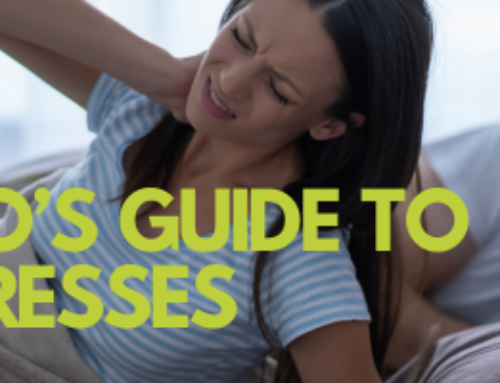How And Why Physios Use Taping To Help Injuries And Pain
Taping is one of the many tools we love using at BOOST PHYSIO to help our patients manage and treat their injuries and painful conditions. Whether our patient is recovering from a sports injury, joint pain, muscle strain or chronic discomfort, we can use taping as a helpful component of our treatment plans. In this blog post we will answer how does physio taping work. We’ll explain why and how our team at BOOST PHYSIO use taping, why it works, and when it’s most beneficial.
What Types Of Taping is Used By Physiotherapists?
Taping involves applying adhesive tape to the skin to provide support, reduce pain, and promote recovery.
The two main types of taping used by BOOST PHYSIO are:
- Kinesiology Taping (K Tape): Flexible tape (usually brightly coloured) designed to mimic the skin’s elasticity, allowing for movement while providing support.
- Rigid Taping: Non-elastic tape used to stabilise joints and restrict certain movements to protect and prevent further injury.
How Does Taping Work?
Our BOOST PHYSIO team use taping to achieve several key goals:
- Pain Reduction: Taping can stimulate sensory receptors in the skin, which can help reduce pain in the area.
- Support and Stability: Taping provides additional support to muscles, ligaments, and joints, reducing strain and promoting proper movement. Rigid type taping will block and prevent unwanted movements.
- Enhanced Proprioception: Taping increases your body awareness around the injured area, helping patients maintain proper posture and movement patterns.
- Improved Circulation: Kinesiology tape can lift the skin slightly, creating space to improve blood flow and lymphatic drainage, aiding recovery.
Common Conditions Treated With Taping
Taping is versatile and can be used to address a wide range of MSK conditions, including:
- Sports Injuries: Sprains, strains, and overuse injuries.
- Joint Pain: Knee, shoulder, and ankle discomfort.
- Tendon Issues: Helping off load and support tendon issues- eg achilles tendonitis, tennis elbow, tendinitis around the wrist and hand, patella tendinitis
- Back and Neck Pain: Providing support, stability and promoting proper alignment.
- Chronic Conditions: long standing problems, taping can help ease pain.
Why Do Physios Use Taping?
Physiotherapists use taping as part of a holistic approach to MSK injury care. It’s not a standalone treatment but works in conjunction with exercises, manual therapy, electrotherapies, acupuncture and other interventions. Taping helps patients move more confidently, reduces the risk of re-injury, and often speeds up recovery.
Is Taping Right for You?
While taping is widely beneficial, it’s important to have it applied by one of our team. They will assess your condition and apply the tape in a way that maximises its effectiveness. Improper application can reduce its benefits or even cause irritation. Skin can often break-down or react to taping and one cannot tape over broken skin or skin that is very thin.
Final Thoughts
Taping is a powerful tool in physiotherapy, offering support, pain relief, and enhanced recovery for many MSK conditions. At BOOST PHYSIO, our expert physiotherapists use taping as part of personalised treatment plans to help you achieve optimal results. If you’re curious about how taping could benefit you, get in touch or book an appointment today.








